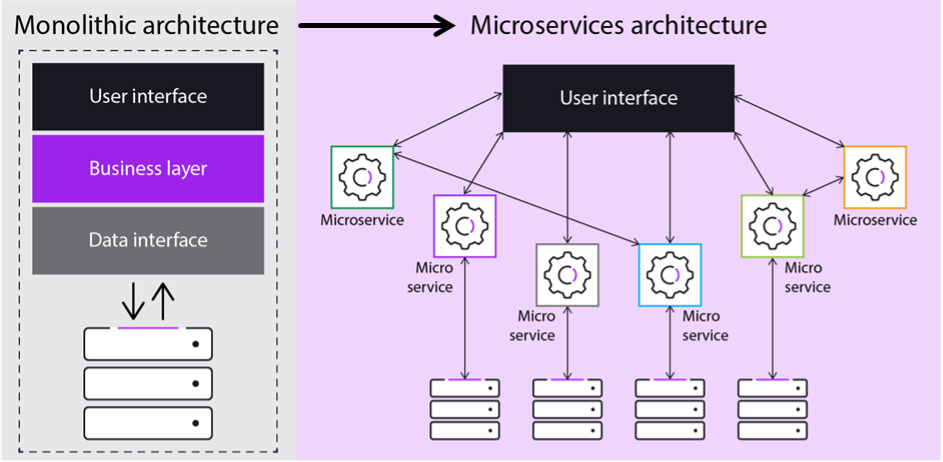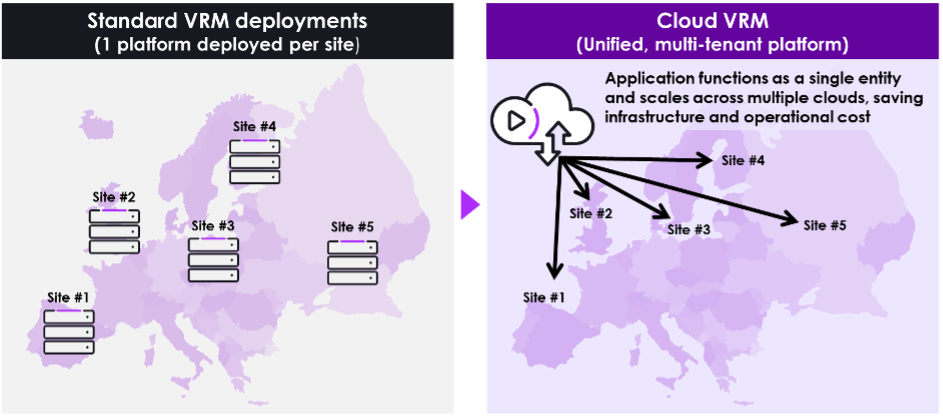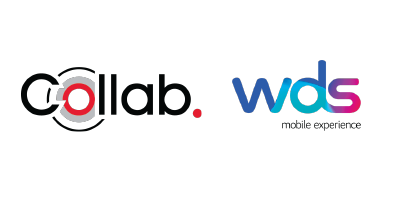Bursting to the cloud: Velocix’s journey in the video tech space
If you are like me, when the workday is over you like to sit down and relax in front of the TV. These days, that often means watching a video program that is streamed over the internet, whether that is watching a show using your pay-TV provider’s new multi-screen video service or enjoying a movie on Netflix, Disney+, or Amazon Prime TV. In fact, the past year has been a big one for video streaming, with millions of people tuning in to pass the time while under COVID-19 quarantines. This resulted in a whopping 30%-50% growth in stream demand in 2020 versus 2019. Even with the lock-downs now being lifted, consumer interest in streaming video has never been higher.
In the face of growing demand for video streams, many of the world’s leading video service operators have reached out to Velocix to discuss how they can more flexibly and cost-effectively scale-out their content delivery platforms. We have seen a swift rise in the number of operators interested in migrating toward cloud-native software-as-a-service (SaaS) solutions. If you are not familiar with Velocix, we are a Lumine Group company and market-leading provider of video streaming and advertising software. We supply the foundational software technology telecommunications providers, cable TV operators and broadcasters use to deliver and monetize their video streaming services.
In response to our customer‘s interest in SaaS and cloud technology, Velocix has embarked on an effort to transition all of its carrier-focused video applications to infrastructure agnostic cloud-native designs. Historically, Velocix’s products have been deployed within video service operators own private networks, as this is typically the most cost-effective way to deliver the massive amounts of data required to support high definition video streams. However, beyond saving money, today’s video service operators also see value in improving their flexibility and reducing their time-to-market.
Cloud-native software designs are key to providing operators with a greater degree of control over their businesses. For example, if being first to market is the primary objective, it may be quicker to launch new services using public cloud infrastructure which is pre-provisioned and ready to go, versus on-premises hardware that has to be purchased, racked, wired, and integrated. Alternatively, operators may simply be looking to find the optimal balance between cost, service quality, and flexibility. In this case, they may elect to use a combination of public cloud and on-premises infrastructure, relying on Velocix’s software to intelligently manage the workload across these environments. In summary, cloud-native architectures give operators more freedom to react and respond to emerging market needs and competitive conditions.
To progress our solutions toward the cloud, Velocix identified a core set of technologies that would form the basis of our software evolution. We started by moving each of our applications toward elastically scalable microservices-based architectures, using containers instead of virtual machines to improve performance, portability, and manageability. This enabled our applications to run across a wide array of deployment environments, including on-premises hardware, private or public cloud infrastructure, or edge computing environments.

Microservices architectures break down monolithic applications into a lightweight, loosely coupled services that can be more easily scaled in response to changing workloads.
To manage these containers, we selected Kubernetes, an open-source orchestration platform that automates the processes involved in deploying, managing, and scaling micro-service applications. It also monitors software health and administers self-healing when required to keep services running at peak performance.
With our micro-services running in containers, the next step was to make these containers discoverable, so they could work together, and to find ways to reduce configuration complexity. Rancher is one of the solutions we chose to simplify the operational and security challenges of managing multiple Kubernetes clusters across different infrastructure environments. With Rancher, we can provision infrastructure, define new clusters, and manage them across multiple cloud or on-premises deployments using a common framework. In combination with another software tool called Helm, we can easily deploy video applications at scale around the globe.

Velocix recently launched a new multi-tenant cloud-native SaaS solution called Cloud VRM to power network-based time-shifted video applications.
While there are many more tools and software applications that Velocix employs, and while our journey to the cloud is still in progress, we have learned a lot along the way and achieved several new milestones. Notably, we launched our first SaaS product in late 2020 and a second product just weeks ago. Cloud VPP, our first cloud-native product, is a dynamic ad insertion solution focused on generating more ad revenue by personalizing individual video streams. Our second product, Cloud VRM, is a multi-tenant video recording management platform that powers cloud DVR and other time-shifted TV services. Both of these applications provide video service providers with the flexibility and performance they need to compete more effectively in a dynamic marketplace. With our newest technologies bursting to the cloud, we are more energized than ever about the future and looking forward to an exciting year as we help our customers achieve their loftiest goals.




